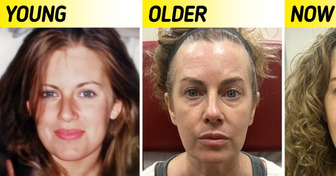10 Sudden Realizations That Made People Pause and Reflect
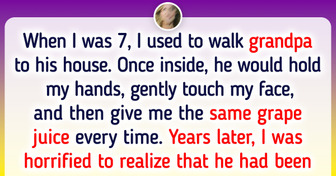
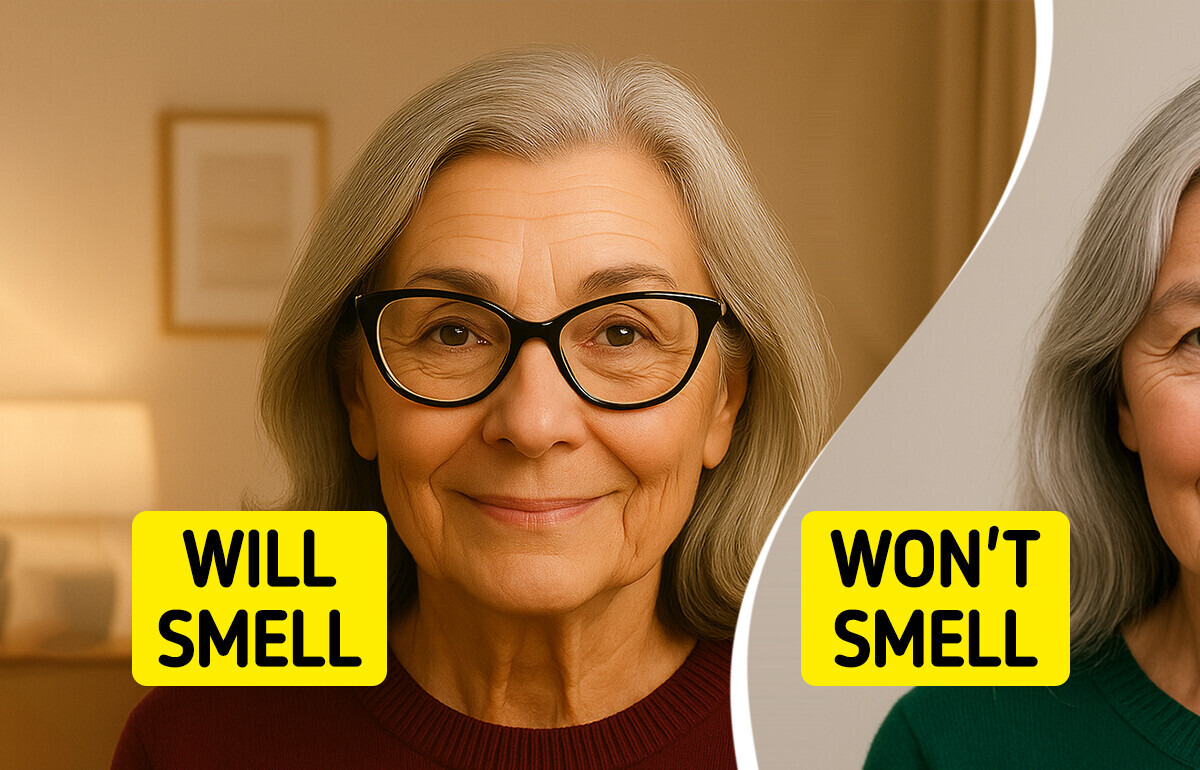
As we age, our bodies undergo a variety of changes, some visible, some more subtle. One of the more subtle transformations is the development of a unique scent, often referred to as the “old person smell.” Though this phenomenon is entirely natural, it can raise curiosity and questions. Let’s explore the origins of this distinct aroma and uncover ways to stay fresh and confident as we navigate the aging process.

In Japan, this phenomenon is called “kareishuu,” which translates to “the smell of aging,” a term that highlights how this scent is recognized worldwide. It’s typically described as musty, grassy, or faintly greasy. What’s key to remember is that this scent isn’t a sign of poor hygiene. Experts point out that, as we age, our bodies produce less sweat, and this scent is simply a natural part of growing older.
As we get older, our skin undergoes changes that also impact how we smell. One of the main culprits behind the so-called “old person smell” is a substance called 2-nonenal. This occurs because, over time, our skin loses its ability to counteract certain chemical reactions, leading to a breakdown of natural oils that produce a faintly musty or grassy odor.
This shift typically begins around the age of 40 and becomes more noticeable as we continue to age. Additionally, our skin’s oil production changes, and fluctuations in hormones and metabolism can further influence how we smell.
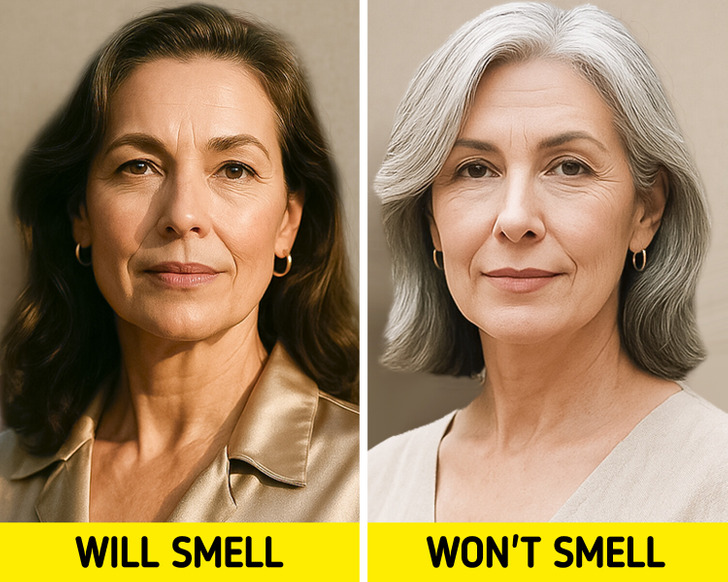
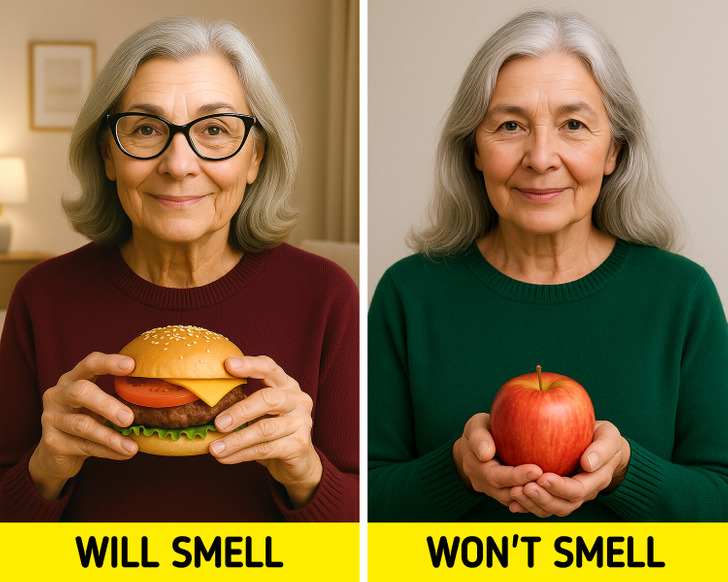
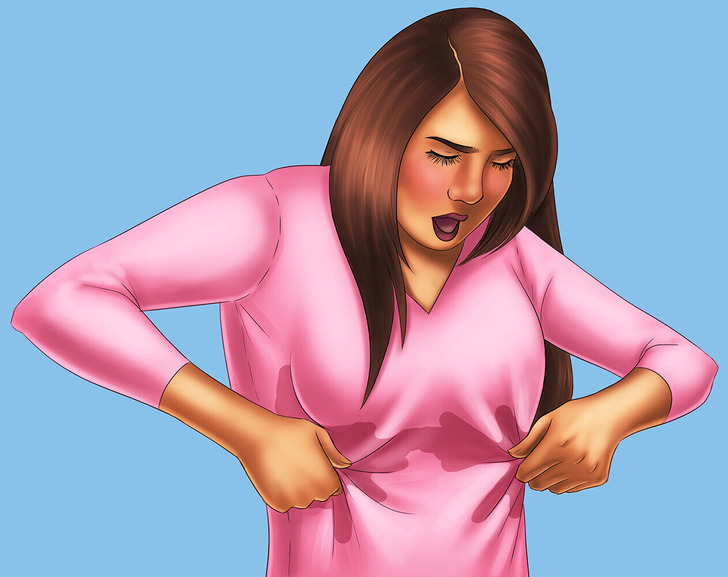
Approach these situations with care and seek medical guidance when necessary.
As we age, our skin goes through significant changes that impact its appearance and health. Based on expert insights, there are four distinct types of skin aging, each with its own set of needs. Let’s take a closer look at each one and find out how to tailor your routine to keep your skin looking its best.

